Used Car Invoice Template for UK Sales
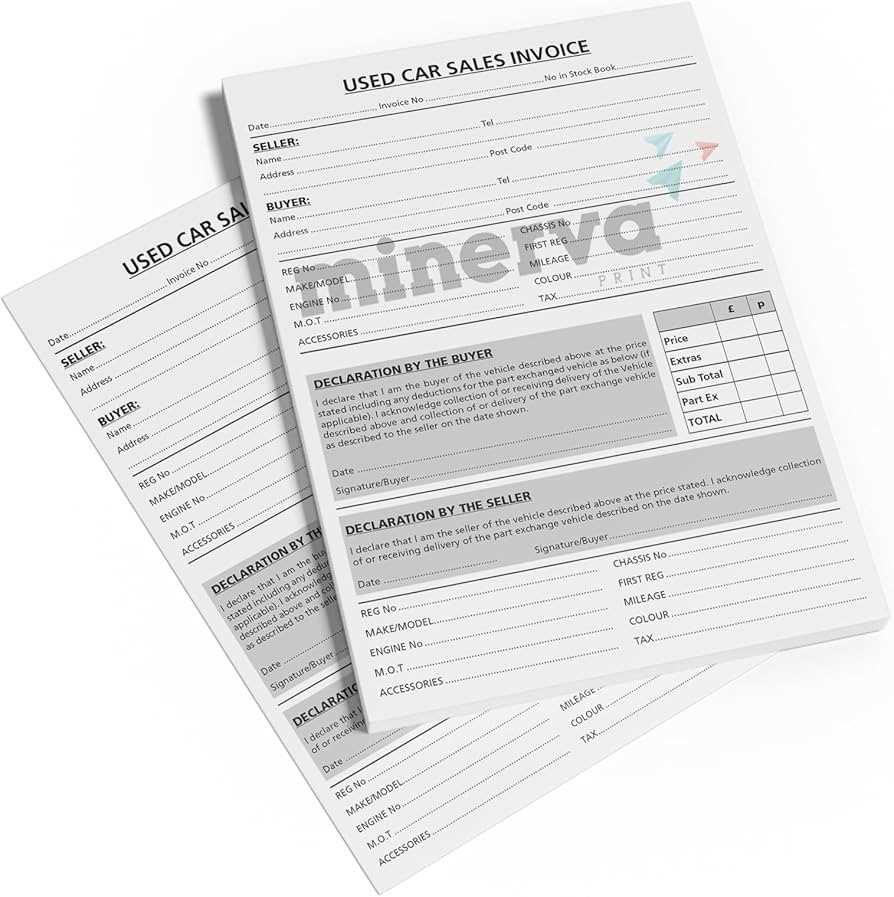
When completing a transaction for a pre-owned vehicle, having the right documentation is essential for both parties involved. Clear and accurate records ensure that the sale is legally binding and that all necessary details are captured for future reference. This guide provides information on how to properly create and use a document for vehicle exchanges in the UK.
Proper documentation not only protects the buyer and seller but also helps to avoid any misunderstandings. By including all relevant information such as the vehicle’s details, the agreed-upon price, and the terms of the transaction, both parties can ensure a smooth and straightforward process. Whether you’re buying or selling, having a reliable and editable form can save time and effort.
Having a pre-prepared form can streamline the process, making it easier for you to complete the sale with confidence. This section covers everything you need to know about creating effective records, from what to include to the legal aspects that should not be overlooked.
Vehicle Transaction Documentation Guide
When selling or purchasing a second-hand vehicle, having a properly structured document is crucial to ensure the transaction is clear and legally sound. This section outlines the key elements that should be included in your record for smooth exchanges, making sure both parties are protected and all necessary details are covered.
To create an effective document for your vehicle sale, consider including the following essential elements:
- Seller Information: Full name, address, and contact details of the individual or dealership selling the vehicle.
- Buyer Information: Name, address, and contact details of the individual purchasing the vehicle.
- Vehicle Details: Make, model, registration number, VIN (Vehicle Identification Number), mileage, and condition of the vehicle at the time of sale.
- Sale Price: The agreed-upon amount for the transaction and any payment terms, including deposits or installments.
- Transaction Date: The exact date the sale is completed or the document is signed.
- Terms and Conditions: Any additional agreements, such as warranties, returns, or repairs that apply after the sale.
- Signatures: Both the seller and buyer should sign the document to validate the transaction.
Using a well-organized form that includes all these components helps to prevent disputes and provides clear evidence of the sale. Additionally, it can be customized for different needs, whether you’re dealing with a private sale or working through a dealership.
Once you have filled in the necessary details, make sure both parties receive a copy of the completed form for their records. This will help avoid any confusion in the future and provide legal protection if any issues arise after the transaction.
Understanding Vehicle Transaction Documentation Requirements
When completing a sale or purchase of a pre-owned vehicle, proper documentation is essential to ensure a smooth and legally binding process. Having a well-structured record not only protects both parties but also ensures compliance with legal requirements. Understanding what must be included in these documents helps to avoid future disputes and ensures all necessary details are captured accurately.
Here are the key elements required for effective transaction documentation:
- Seller’s Information: This should include the full name, address, and contact details of the individual or business selling the vehicle.
- Buyer’s Information: The buyer’s name, address, and contact information are essential for clear identification.
- Vehicle Identification: A detailed description of the vehicle, including make, model, year of manufacture, VIN (Vehicle Identification Number), and current mileage.
- Agreed Sale Price: The final price of the vehicle, along with any payment terms (e.g., deposit, installments) or additional costs such as taxes.
- Transaction Date: The date on which the sale is completed, marking the official transfer of ownership.
- Terms and Conditions: Any relevant conditions of the sale, such as warranties, returns, or any post-sale agreements.
- Signatures: Both the seller and buyer must sign the document to validate the transaction.
These elements are vital for creating a comprehensive and legally sound record. Including all necessary information helps both the buyer and seller avoid misunderstandings, and provides clear proof of the transaction if needed later. It also ensures that the transaction complies with any local or national regulations.
By understanding these requirements, you can ensure that your vehicle exchange is documented correctly and in a way that protects both parties involved.
Key Details in a Vehicle Transaction Document
When completing a transaction for a pre-owned vehicle, it’s important to include specific details that protect both the buyer and the seller. These key elements ensure that the record is accurate, legally binding, and useful for future reference. Properly capturing all relevant information can prevent potential issues down the line and facilitate a smooth process for both parties.
Below are the crucial components that should be included in your transaction document:
- Seller Information: Full name, address, and contact details of the seller. This ensures both parties are identifiable.
- Buyer Information: Name, address, and contact details of the buyer. Clear identification of the purchasing party is essential.
- Vehicle Identification: Important details about the vehicle being sold, such as make, model, year of manufacture, VIN (Vehicle Identification Number), and mileage at the time of the sale.
- Sale Price: The total amount agreed upon for the transaction, along with any payment terms such as deposits, installments, or taxes included in the price.
- Transaction Date: The specific date when the sale takes place, marking the official transfer of ownership.
- Condition of the Vehicle: A description of the vehicle’s state at the time of sale, including any known issues or repairs that were made.
- Terms of the Sale: Any additional agreements between the parties, such as warranties, guarantees, or any post-sale support or services.
- Signatures: Both the buyer and seller must sign the document to validate the agreement and signify their acceptance of the terms.
Including all these essential details ensures the transaction is documented thoroughly, which can prevent misunderstandings and provide legal protection if needed. It also guarantees that the buyer has full knowledge of the vehicle’s condition, while the seller has proof of the sale.
How to Create a Documentation for Vehicle Transactions
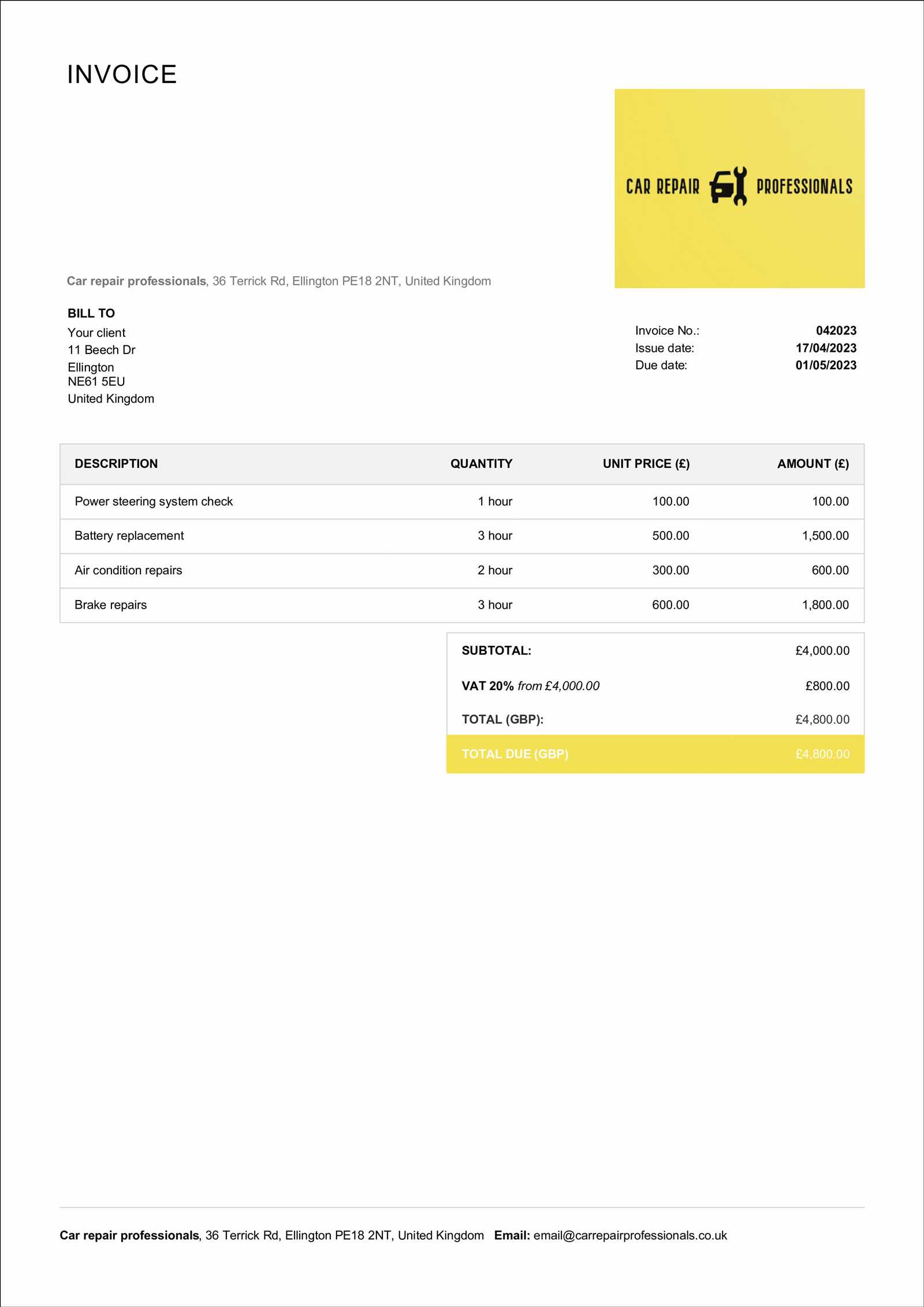
Creating a proper record for a vehicle sale ensures that the transaction is documented accurately and legally. A well-structured document serves as a proof of transfer and protects both the buyer and seller. Here is a simple step-by-step guide on how to create an effective document for your vehicle sale.
Step 1: Gather Necessary Information
Before creating the document, ensure that you have all the required details at hand. This includes personal information of both parties involved, the specifics of the vehicle being sold, and the agreed-upon terms. Key details to gather include:
- Full name, address, and contact information of both the buyer and seller.
- Make, model, year, mileage, VIN (Vehicle Identification Number), and any other identifying details of the vehicle.
- The agreed price and payment terms, including any deposits or installment plans.
- The date of the transaction and any additional terms, such as warranties or return policies.
Step 2: Organize the Document
Once you have the necessary information, you can start drafting the record. Begin with the seller’s and buyer’s details at the top of the page, followed by the vehicle specifics. Clearly outline the agreed sale price and any payment conditions, as well as the transaction date. Make sure to include a section for both parties to sign, validating the document.
Tip: Keep the language clear and precise. Avoid ambiguous terms, and ensure that both parties fully understand the agreement before signing.
Creating a proper transaction document provides both legal security and peace of mind for both buyer and seller, ensuring the vehicle sale is recorded accurately and protected against any future disputes.
Essential Information for Buyers and Sellers
When completing a vehicle transaction, it’s important that both the buyer and seller have all the necessary information to ensure a smooth and transparent exchange. This includes not only personal details but also specific vehicle information, agreed terms, and any additional agreements that may affect the sale. Both parties must clearly understand the terms to avoid any future misunderstandings.
For the Seller
The seller should provide detailed and accurate information about the vehicle, including:
- Vehicle Details: Make, model, year of manufacture, Vehicle Identification Number (VIN), and current mileage. These help to clearly identify the vehicle being sold.
- Condition Report: A description of the vehicle’s condition, including any existing damage, repairs, or maintenance performed.
- Legal Ownership: Proof that the seller is the rightful owner of the vehicle and has the legal right to transfer it to the buyer.
- Payment Terms: Details of the agreed sale price and payment methods (full payment, deposit, or installments).
For the Buyer
The buyer should ensure they receive clear documentation about the transaction, including:
- Buyer’s Information: Full name, address, and contact details should be included in the document for identification purposes.
- Transaction Date: A record of when the sale took place is essential for future reference, especially for ownership transfer and warranty claims.
- Terms of Sale: Any agreements made between the buyer and seller, such as warranties, guarantees, or the option for a refund.
- Signatures: Both parties must sign the document to validate the sale and acknowledge the terms.
By exchanging all this information, both parties can ensure that the transaction is fair, transparent, and legally binding, providing protection and clarity for everyone involved.
Common Mistakes in Vehicle Transaction Documents
When creating a document for a vehicle sale, it’s easy to overlook small but crucial details that can lead to confusion or legal issues later on. Common mistakes can affect the clarity of the agreement, potentially causing disputes between the buyer and seller. Understanding these common errors and how to avoid them is essential for ensuring the transaction is documented properly.
Key Errors to Avoid
Here are some of the most frequent mistakes that occur when preparing documentation for a vehicle sale:
| Mistake | Consequences | How to Avoid |
|---|---|---|
| Missing Vehicle Identification Number (VIN) | Difficulty proving ownership and identifying the vehicle in case of future disputes. | Always include the full VIN along with other identifying details. |
| Incorrect Buyer or Seller Information | Legal complications if names or addresses are mismatched, leading to potential problems in ownership transfer. | Double-check all personal details for accuracy. |
| Unclear Payment Terms | Misunderstandings about the agreed price or payment schedule can lead to disputes. | Clearly state the total price, payment methods, and any deposits or installments. |
| Omitting the Date of Sale | Confusion about when the transaction took place, which can affect warranty claims and ownership transfer. | Include the exact date of the sale and ensure both parties acknowledge it. |
| No Signatures | The document may not be legally binding without signatures from both parties. | Ensure both buyer and seller sign the document to validate the transaction. |
How to Ensure Accuracy
To avoid these common mistakes, it’s crucial to carefully review the document before finalizing the transaction. Take the time to double-check all the details, including the vehicle’s specifics, the payment terms, and personal information for both parties. A properly completed transaction document is a key safeguard for both the buyer and the seller, ensuring the sale goes smoothly and protecting both sides in the future.
Printable Documentation for UK Sales
For any vehicle transaction, it’s important to have a printable document that clearly outlines the terms of the sale. These printed records not only serve as proof of the transaction but also ensure that both the buyer and seller have a detailed account of the agreement. Printable documents are particularly useful for keeping physical records and can be easily referred to in the future if any issues arise.
In the UK, many vehicle transactions require a formal document that captures all the relevant details of the sale, including the vehicle’s specifics, the agreed-upon price, and both parties’ contact information. Having a structured, easy-to-use document that can be printed ensures that all the necessary components are included and that both parties can keep a hard copy for their records.
Advantages of Printable Documentation:
- Legal Protection: A printed document can serve as a legal reference in case of disputes over the terms of the sale.
- Clear Record Keeping: Printed copies make it easier to store and retrieve the transaction details when needed.
- Customizable Formats: You can find printable documents that allow for flexibility, such as including additional clauses or adjusting the layout to fit your needs.
- Convenience: Having a hard copy can be helpful for both the buyer and seller during the handover of the vehicle.
Ensuring that all relevant details are included in a printable document guarantees a smooth transaction and helps both parties avoid misunderstandings or future complications. Whether you’re selling a vehicle privately or through a dealership, a well-prepared and printed document is an essential part of the sales process.
Why Use a Documentation Format for Vehicle Sales
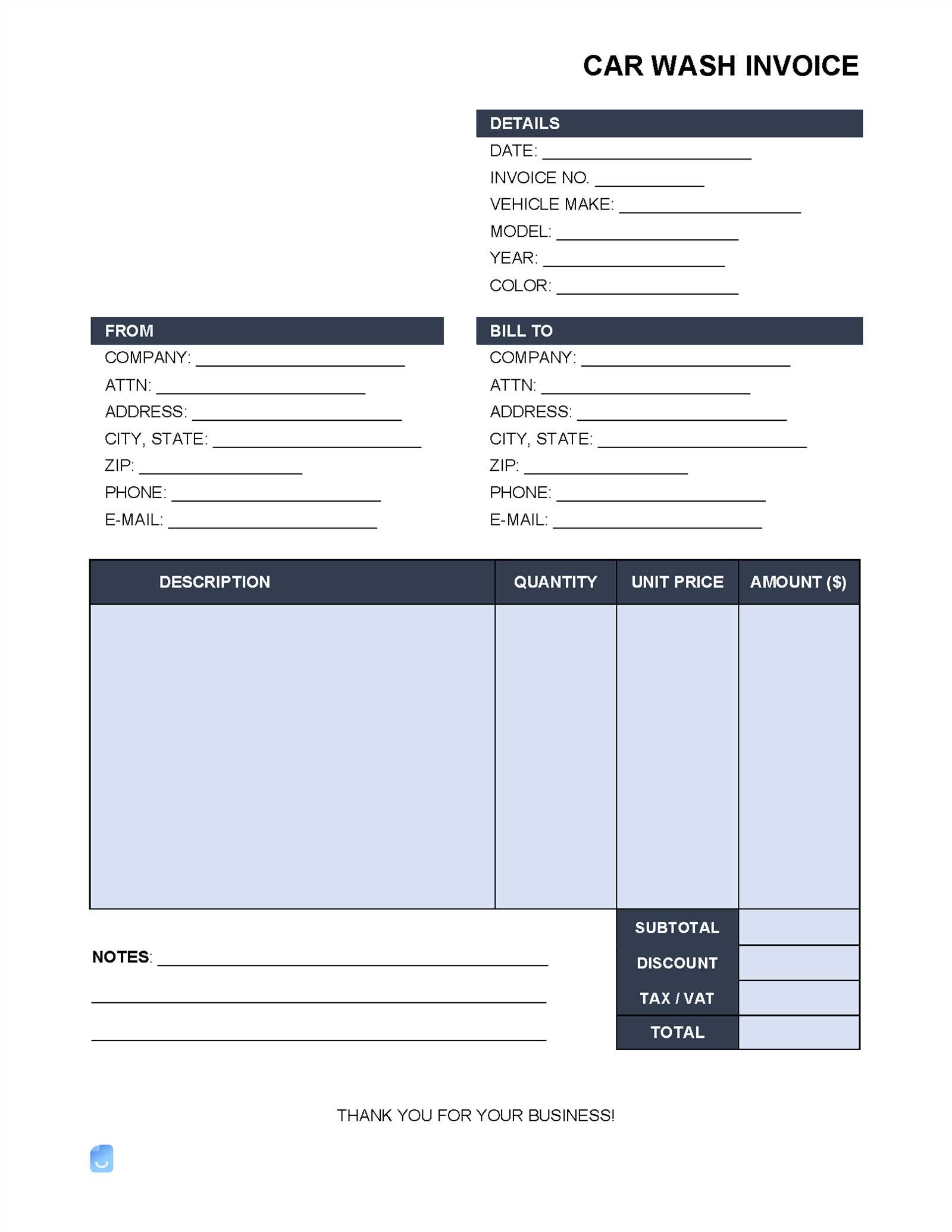
When engaging in a vehicle sale, it’s essential to have a structured document that clearly outlines the transaction details. Having a standardized format helps both the buyer and seller by ensuring all necessary information is included and presented in an organized manner. Using a pre-designed structure can save time, reduce errors, and provide a reliable reference for both parties.
Here are a few reasons why adopting a standardized format for vehicle transactions is beneficial:
- Consistency: A predefined format ensures that every sale follows the same structure, making it easier to track and manage multiple transactions.
- Time-Saving: With a ready-to-use document layout, the process of creating a sales record becomes quicker and more efficient.
- Legal Clarity: A well-structured document reduces the chances of missing critical details, ensuring that both parties are clear on the terms of the sale.
- Accuracy: Using a standard format helps prevent mistakes or omissions that could lead to misunderstandings or legal complications down the road.
- Professional Appearance: A properly formatted document presents a professional image and can help establish trust between the buyer and seller.
Using a standard format provides a sense of security and clarity in the transaction, ensuring that all critical aspects of the sale are documented correctly. This practice is particularly important for both personal and business vehicle sales in the UK, as it helps protect the interests of both parties involved.
Free Documents for Vehicle Sales
When selling a vehicle, having the right document to formalize the transaction is crucial. Free, downloadable formats can help simplify this process, providing a reliable structure that captures all necessary details without the need for expensive legal services. These free resources are particularly useful for individuals and small businesses who want to ensure a smooth sale while saving time and money.
Where to Find Free Resources
There are various platforms where you can access free sales documentation formats tailored to vehicle transactions. Many websites offer customizable templates that can be easily filled out, allowing sellers to provide accurate records of the sale. These documents typically include the essential details such as the vehicle’s specifications, price, and payment terms, ensuring both parties are on the same page.
- Online Marketplaces: Websites dedicated to buying and selling vehicles often provide free forms for sales agreements.
- Legal Websites: Some law-related websites offer free templates for general use, including vehicle sales documents.
- Business Websites: Small business resource sites may provide downloadable formats designed for various types of transactions, including vehicle sales.
Benefits of Using Free Formats
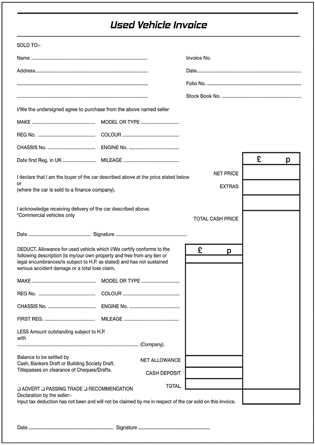
Cost-Effective: One of the primary advantages of using free documents is that they are available at no cost, making them an ideal choice for those looking to save money on legal services.
Easy Customization: Many free formats allow for easy customization, meaning you can add specific details relevant to your transaction without having to start from scratch.
Using a free document format helps streamline the sale, making it quicker and easier to ensure that the transaction is clear, legally binding, and transparent. Whether you are selling privately or through a dealership, having a well-structured document is essential for both parties involved.
How to Edit a Vehicle Transaction Document
When modifying a document for a vehicle sale, it’s important to ensure that all relevant information is accurate and up to date. Editing such a record allows you to correct any errors, add additional details, or adjust the terms of the transaction as needed. This is essential for maintaining clarity and ensuring that both parties involved in the sale have a clear and accurate agreement.
Follow these simple steps to effectively edit a vehicle sale document:
- Review the Existing Information: Start by carefully reading through the existing document. Make sure all the details are correct, such as the vehicle’s specifications, the buyer and seller’s contact information, and the agreed-upon price.
- Correct Any Errors: If you notice any mistakes in the document, such as a misspelled name or incorrect payment terms, edit them immediately. Accuracy is crucial to avoid potential disputes in the future.
- Update Terms or Conditions: If any changes need to be made to the sale agreement, such as payment method or delivery date, ensure these are clearly stated in the document. Any modifications should be well-documented to avoid confusion.
- Include Additional Information: If any new terms are added, such as warranties or agreements regarding vehicle condition, include these in the document. Make sure both parties are aware of and agree to these additions.
- Save the Edited Document: Once all changes have been made, save the document under a new version name to keep track of revisions. Ensure that both parties receive the updated version for their records.
Why Editing Matters: Editing ensures that the transaction record is as accurate as possible, providing protection for both the buyer and the seller. It reduces the risk of misunderstandings and can serve as a clear reference in the future. By following these steps, you can easily manage the details of the transaction and ensure a smooth and transparent sale.
Legal Considerations for Vehicle Sale Documents
When engaging in a vehicle transaction, it is essential to ensure that all documents related to the sale are legally sound. A well-drafted record protects both the buyer and the seller by clearly outlining the terms of the transaction. It is important to be aware of the legal requirements for such documents to avoid disputes or complications in the future.
Key legal factors to consider when preparing a transaction record include the following:
- Clear Identification of Parties: Ensure that both the buyer and seller are accurately identified, including full names, addresses, and contact details. This is crucial for confirming the legitimacy of the transaction.
- Vehicle Details: The vehicle’s specifications, including its make, model, year of manufacture, and registration number, must be clearly stated. This helps to avoid confusion about the item being sold.
- Sale Terms: Clearly outline the agreed-upon price, payment method, and any additional terms such as warranties or return policies. Transparency in these areas can prevent misunderstandings.
- Signatures: Both parties should sign the document to confirm their agreement. A signed record is a binding contract and can be used as evidence if any issues arise after the sale.
- Compliance with Local Laws: Ensure that the document adheres to any local laws or regulations related to vehicle transactions. Some regions may require specific information or forms to be included for the document to be legally valid.
- Tax Considerations: Depending on the jurisdiction, there may be taxes or fees related to the sale. The document should reflect whether these have been paid or whether the buyer is responsible for them.
Legal clarity in vehicle transactions helps both parties feel secure and protected. It is always advisable to consult with a legal professional if there is any uncertainty about the document’s content or the laws governing the sale. Proper documentation ensures that all aspects of the transaction are transparent and legally enforceable.
What to Include in Your Document
When preparing a record for the sale of a vehicle, it is essential to ensure that all necessary information is clearly outlined. A well-structured document not only protects both parties involved in the transaction but also ensures that all legal requirements are met. Below are key elements that should be included to create a complete and transparent record of the sale.
Key Information to Add
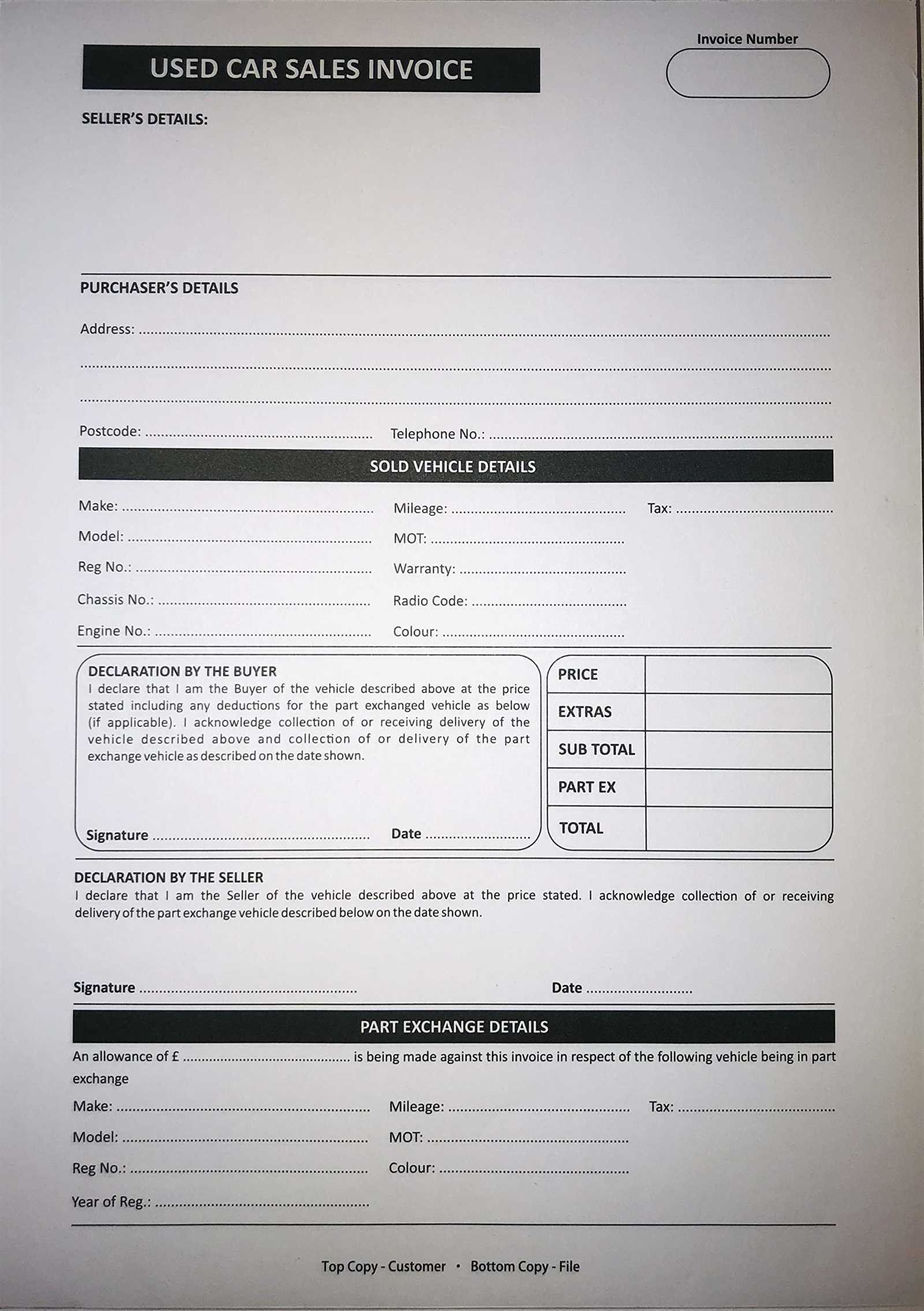
- Full Names and Contact Information: Both the buyer and seller’s full names, addresses, and contact details should be included. This establishes the identities of the involved parties.
- Vehicle Details: Include essential details about the vehicle, such as make, model, year of manufacture, VIN (vehicle identification number), and the registration number. This helps to avoid any confusion about the specific vehicle being sold.
- Transaction Amount: Clearly state the agreed-upon price for the vehicle. If there are any deposits or partial payments, this should also be noted.
- Payment Terms: Outline the payment method (cash, bank transfer, etc.) and any related terms, including due dates or installment plans if applicable.
- Sale Date: Mention the exact date of the transaction, as this establishes when the ownership of the vehicle was transferred.
- Warranty and Return Information: If a warranty or return policy applies, include relevant terms or disclaimers. This ensures clarity about what the buyer can expect post-sale.
Additional Considerations
- Signatures: Both parties should sign the document to confirm that the terms are agreed upon and legally binding.
- Tax or Fees: If any taxes or additional fees are applicable to the sale, these should be clearly documented to avoid future disputes.
By including these essential elements, the document becomes a clear and enforceable record of the transaction. Ensuring all details are accurate and comprehensive is vital for protecting both parties and avoiding potential conflicts later on.
Best Practices for Document Accuracy
Ensuring the accuracy of a transaction record is crucial for both parties involved. A well-prepared document reduces the chances of misunderstandings, disputes, or legal issues. By following certain best practices, you can ensure that all details are correctly presented and leave no room for confusion.
Key Practices to Follow
- Double-Check All Information: Before finalizing any transaction document, review it thoroughly. Verify the buyer and seller details, vehicle information, and agreed terms to ensure everything is accurate.
- Clear and Concise Language: Use straightforward and unambiguous language to describe the transaction. Avoid jargon or vague terms that could be interpreted differently by either party.
- Correct Dates: Ensure that the sale date, payment deadlines, and any other relevant dates are correctly listed. Incorrect dates can cause complications, especially when verifying ownership or payments.
- Match Payment Information: Double-check that the payment method, amount, and any deposits are correct. If the transaction involves installments, make sure the payment schedule is clear.
- Include All Legal Disclaimers: If there are warranties, returns, or any conditions attached to the sale, ensure they are clearly stated in the document. This helps prevent misunderstandings later.
Final Steps Before Submission
- Review All Figures: Ensure that all monetary amounts, taxes, or fees are accurate and match any supporting documentation. This includes confirming that totals and calculations are correct.
- Get a Second Opinion: If possible, have someone else review the document for accuracy. A fresh set of eyes can spot errors you may have missed.
- Secure Signatures: Ensure that both parties sign the document to validate the transaction. Without signatures, the document may not be legally enforceable.
Adhering to these best practices ensures that all parties are fully informed and that the document accurately reflects the agreed terms. Accuracy in the transaction record creates a clear and enforceable agreement, preventing potential issues down the line.
How to Calculate Vehicle Sale Prices
Determining the sale price of a vehicle requires considering several factors that can influence its value. A precise calculation ensures that both the buyer and seller are satisfied with the transaction and that the price accurately reflects the vehicle’s condition, market trends, and any additional elements involved. Below are some essential considerations to take into account when calculating the sale price of a vehicle.
Factors to Consider When Setting the Price
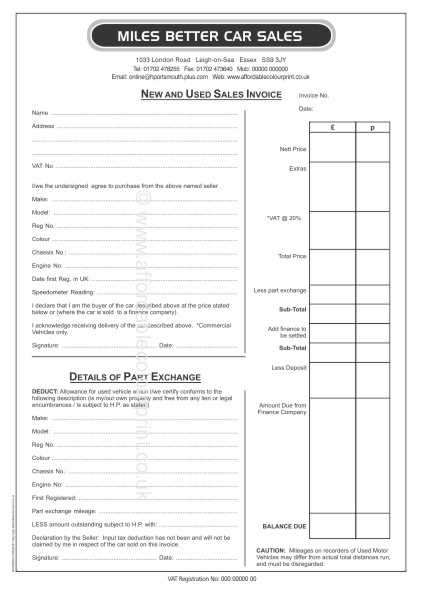
- Market Value: Research similar vehicles in your area to understand the going rate. Checking online marketplaces, dealerships, and classified ads can provide insight into the current market value.
- Condition of the Vehicle: A vehicle’s overall condition plays a significant role in determining its price. Consider factors such as mileage, exterior and interior condition, engine performance, and any repairs or upgrades made.
- Age of the Vehicle: The age of the vehicle often impacts its price, with older models generally having a lower value. However, well-maintained older vehicles may still command a higher price.
- Vehicle History: If the vehicle has had any major repairs, accidents, or ownership issues, these should be factored into the price. A clean history often adds value, while a problematic history might lower the price.
Additional Price Influencers
- Extras and Modifications: Any additional features, such as advanced technology, custom parts, or luxury upgrades, can increase the vehicle’s value.
- Location and Demand: Pricing may also depend on location, as certain types of vehicles may be more popular or in higher demand in different regions.
- Negotiation Room: Consider leaving a small margin for negotiation. Buyers often expect to haggle, and having flexibility in your price can help close the deal.
By taking all these factors into account, you can arrive at a fair and competitive price for the vehicle. Properly calculating the price not only ensures a smoother sale process but also enhances the likelihood of a successful transaction.
Handling Taxes in Vehicle Sales
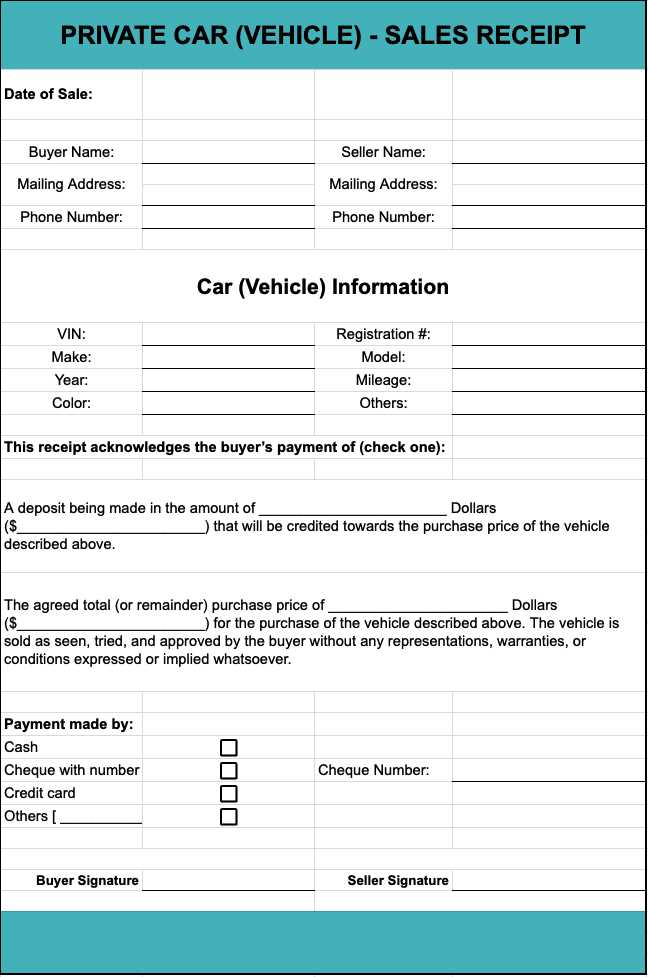
When selling a vehicle, understanding and properly handling taxes is crucial to ensure compliance with local regulations and to avoid any future legal issues. The sale of a vehicle may involve various tax obligations, including sales tax, VAT, and other fees depending on the type of transaction and the region. It’s important for both buyers and sellers to be aware of their responsibilities when it comes to taxation in these transactions.
In many regions, the seller may be required to collect tax on the sale, which is then remitted to the tax authorities. The rate of tax typically depends on the market value of the vehicle, as well as any applicable exemptions or reductions. For example, if the seller is a business or dealership, VAT may apply to the sale price. However, individuals selling a vehicle privately may not be subject to the same tax rates.
Additionally, the buyer may be required to pay certain taxes at the time of registration or transfer of ownership. These taxes can vary based on the vehicle’s age, emissions, and other criteria. Both parties should ensure they understand the tax obligations specific to their transaction to avoid any penalties or unexpected costs.
To ensure that taxes are handled correctly, it’s often a good idea to consult with a professional or use official resources to determine the exact requirements for your location. Keeping detailed records of the sale, including the tax amount, is also essential for future reference and potential audits.
Benefits of Using an Invoice Template
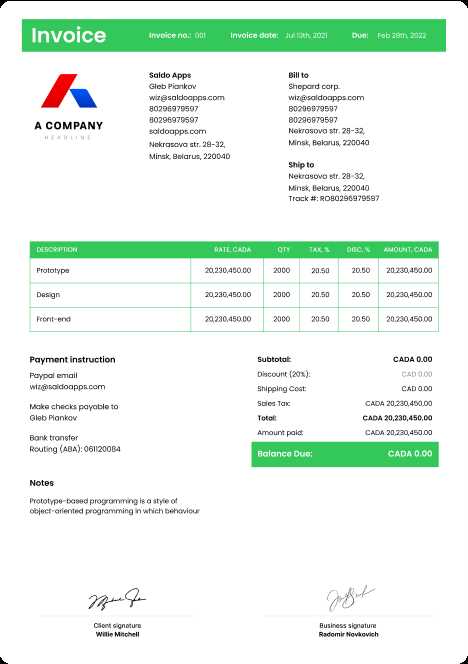
Utilizing pre-designed documents for transaction records provides several advantages, making the process smoother for both sellers and buyers. These ready-to-use formats offer consistency, accuracy, and efficiency when documenting the sale of goods or services. By streamlining the process, they help businesses and individuals maintain clear and organized financial records.
Time-Saving
One of the key benefits of using a pre-made document is the time saved in creating detailed transaction records. Rather than starting from scratch, users can simply fill in the necessary details, ensuring that all critical elements are included. This reduces the time spent on administrative tasks, allowing sellers to focus on other aspects of their business.
Accuracy and Consistency
Standardized forms help prevent mistakes and omissions that may occur when creating records manually. By following a consistent structure, these documents ensure that all relevant information is included, reducing the risk of errors. This is particularly important when dealing with financial transactions, as missing details could lead to legal or financial complications.
Professional Appearance
- Pre-designed formats give transactions a polished and professional look.
- Clear, well-organized documents improve credibility in the eyes of clients or customers.
- A professional format demonstrates attention to detail and fosters trust in the business relationship.
Legal Compliance
Using a structured format helps ensure that all necessary information is included, which is often required for tax reporting or legal purposes. Having a standardized document can simplify compliance with local laws and regulations, making it easier to adhere to business requirements.
Cost-Effective
- Most pre-designed forms are available for free or at a low cost.
- They eliminate the need for expensive software or professional services to create documents from scratch.
In conclusion, adopting a standardized approach to documenting transactions offers numerous benefits, from saving time and ensuring accuracy to maintaining professionalism and staying compliant with legal requirements.